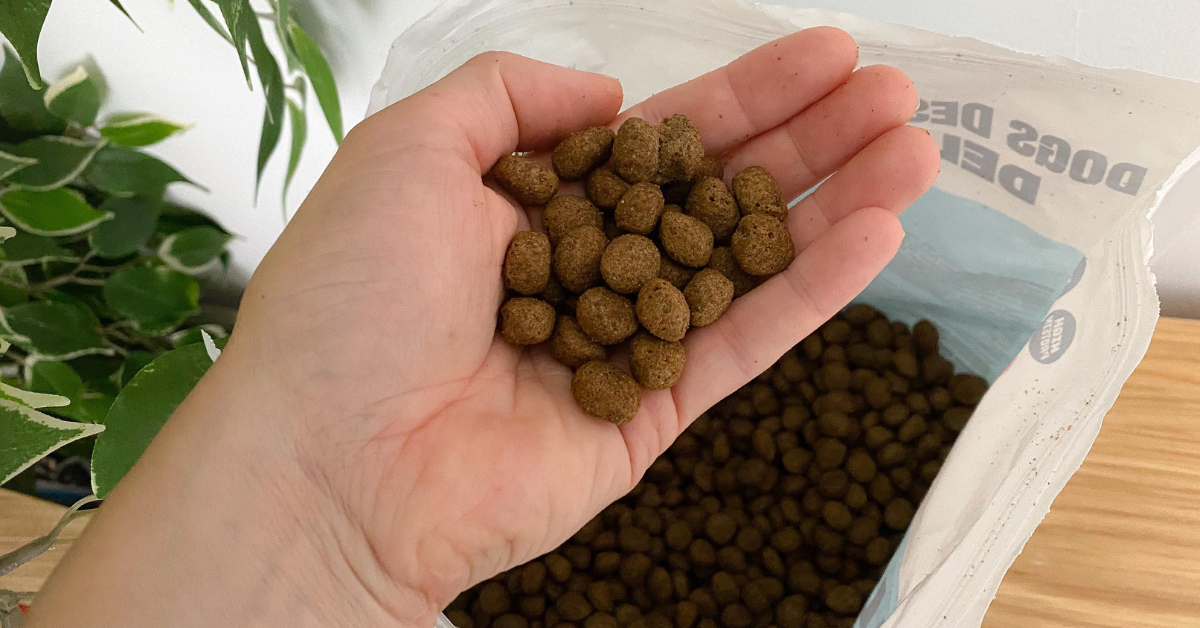
When to Worry: Recognising Signs of Lameness in Your Pet

*Collaborative Post
Our pets hold a special place in our hearts, becoming beloved members of our families. Naturally, we strive to ensure their well-being and happiness.
An integral aspect of their health is their ability to move freely and comfortably. When our pets experience lameness, it can be a cause for concern. As responsible pet owners, it’s crucial to spot the signs early to guarantee timely and effective treatment.
To help you keep your pet comfortable and healthy, we’re going to explore the realm of pet lameness, aiding you in recognising when it’s necessary to be vigilant and seek professional veterinary care.
The Telltale Signs
Lameness is essentially an abnormal gait or difficulty in moving one or more limbs. It can manifest in various ways, and being attentive to your pet’s behaviour is crucial. Here are some common signs to watch out for:
Limping or Favouring a Leg
Perhaps the most obvious sign of lameness is when your pet starts to limp or favour one of their legs. You may notice them holding a leg up, refusing to put weight on it, or walking with an uneven gait. Limping can occur suddenly or develop gradually.
Stiffness or Slowness
If your usually active pet becomes noticeably stiff or slow when getting up, lying down, or moving around, it could be an indication of underlying lameness. Arthritis and joint issues often manifest as stiffness, especially in older pets.
Reluctance to Exercise or Play
A sudden lack of interest in exercise, play, or activities your pet used to enjoy might signal discomfort or pain. If they seem less enthusiastic about walks, chasing toys, or climbing, it’s time to pay attention.
Changes in Posture
Observe your pet’s posture when they stand or sit. An unusual posture, such as a hunched back or a head held low, can be an indicator of discomfort.
Whining or Vocalisation
Pets may express pain or distress through vocalisation. If your pet starts to whine, whimper, or yelp when they move or are touched in a specific area, it’s a clear sign that something isn’t right.
The Importance of Prompt Action
Now that you know what signs to look for, it’s crucial to understand why prompt action is vital when dealing with pet lameness.
- Pain Management – Lameness is often associated with pain. Ignoring or delaying treatment can lead to your pet suffering unnecessarily. Prompt intervention can help manage and alleviate their discomfort.
- Preventing Further Damage – In some cases, lameness may result from injuries or underlying conditions that could worsen if left untreated. Early diagnosis and provision of arthritis pain relief for dogs can prevent the issue from escalating and causing more significant harm.
- Improving Quality of Life – Their mobility directly impacts your pet’s quality of life. Addressing lameness promptly can improve their comfort, happiness, and overall well-being, allowing them to enjoy a full and active life.
Potential Causes of Lameness
Lameness in pets can have various underlying causes. While some issues may be resolved on their own, many require veterinary attention. Here are some common reasons your pet might be experiencing lameness:
- Patella Luxation – If you’re wondering, “What is patella luxation?” the easy answer is: a dislocated kneecap. Caused by injury or misalignment, this “slipping kneecap” issue can be treated surgically. Moore’s Ortho offers patella luxation surgery for dogs and cats, correcting the problem so they can walk in comfort.
- Injuries – Accidents, falls, or even rough play can lead to sprains, strains, or fractures. If your pet has had a recent injury, assessing their mobility is crucial.
- Arthritis – Arthritis is a common cause of lameness in older pets. It results from the gradual wear and tear of joints over time and can cause significant pain and stiffness.
- Obesity – Obesity can put excess strain on your pet’s joints and lead to lameness. Maintaining a healthy weight through diet and exercise is essential.
- Joint Disorders – Pets, particularly large breeds, can develop joint disorders like hip dysplasia or elbow dysplasia. These conditions can lead to lameness and may require surgical intervention.
When to Seek Veterinary Care
If you observe any signs of lameness in your pet, it’s essential to consult with your veterinarian. They can conduct a thorough examination, including X-rays or other diagnostic tests, to determine the underlying cause. Here are some specific situations in which seeking veterinary care is crucial:
Sudden or Severe Lameness
If your pet suddenly becomes extremely lame or is in severe pain, don’t wait. Seek immediate veterinary attention, as this could be indicative of a serious injury or medical emergency.
Persistent Lameness
A veterinarian should evaluate lameness that persists for more than a day or two without improvement. This is particularly true if your pet is reluctant to move or appears to be in pain.
Lameness in Puppies or Kittens
Lameness in young animals should always be examined, as it could be related to developmental issues or congenital conditions that require early intervention.
Final Thoughts
Our furry companions rely on us as pet owners to keep them safe, healthy, and comfortable. Recognising the signs of lameness and taking swift action when needed is essential to fulfilling that responsibility. By being attentive to your pet’s behaviour and seeking prompt veterinary care, you can ensure they receive the necessary treatment and enjoy a pain-free and active life by your side.
*This is a collaborative post. For further information please refer to my disclosure page.




